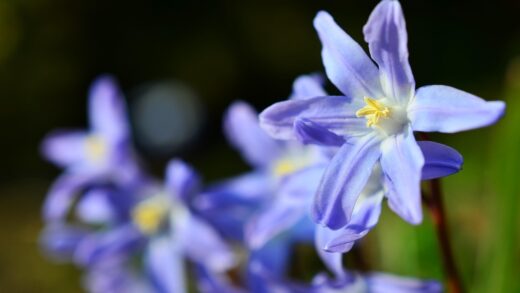The ZZ plant, with its glossy, deep green foliage and remarkable resilience, has earned its reputation as a go-to houseplant for low-light environments. Unlike many other plants that wither away without a steady stream of sunlight, the Zamioculcas zamiifolia is an expert at surviving in less-than-ideal conditions. Its ability to tolerate low light is a key reason for its widespread popularity in homes and offices. However, while it can survive in the shadows, it is important to understand the full spectrum of its light needs to help it not just survive but truly thrive. Providing the right amount of light is crucial for its overall health and appearance.
Understanding its natural adaptations
The ZZ plant’s native habitat in the dry grasslands and forests of eastern Africa has equipped it with unique adaptations for dealing with a variety of light conditions. In the wild, it often grows on the forest floor, where it receives dappled or indirect light. This is why the plant’s deep green leaves are so effective at photosynthesis even with limited light exposure. The high concentration of chlorophyll in its leaves allows it to efficiently capture and convert what little light is available into energy. This is a fundamental reason it can survive in a darker corner of your room.
The plant’s slow growth rate is also a direct result of its ability to thrive in low-light conditions. It does not need to expend a lot of energy on rapid growth, as it has evolved to conserve resources and grow at a measured pace. This is why you will rarely see a ZZ plant with a massive growth spurt. While it can survive in low light, it will not reach its full growth potential. Its stems may become elongated and “leggy” as they stretch to find a light source, which is a clear sign that the plant would benefit from a brighter location.
Optimal light conditions for growth
While the ZZ plant can tolerate low light, it will truly flourish in bright, indirect light. Placing it a few feet away from a window, especially a south or west-facing one, is an ideal location. A spot near an east-facing window is also great, as it will receive gentle morning sun that is not intense enough to scorch its leaves. The goal is to mimic the dappled light of its natural environment, providing it with ample brightness without exposing it to the harsh, direct rays of the sun. The leaves will be a deeper green and the plant will grow more compact and full.
A clear sign that your ZZ plant is happy with its light conditions is the production of new, vibrant green stems. These new shoots will emerge from the rhizomes and grow straight and strong. The plant will have a more robust and healthy appearance overall. If you have been keeping your plant in a low-light location and want to move it to a brighter spot, it’s a good idea to do so gradually. A sudden change from a dark corner to a very bright window can shock the plant and cause its leaves to yellow.
More articles on this topic
The dangers of direct sunlight
One of the most common mistakes in ZZ plant care is placing it in direct, unfiltered sunlight for a prolonged period. While the plant can handle a few hours of gentle morning sun, intense midday or afternoon sun will cause significant damage. The waxy coating on the leaves, which is designed to prevent water loss, is not enough to protect it from scorching. Signs of sun damage include yellowing or brown, crispy spots on the leaves. These spots are essentially sunburns and will not heal.
If you notice your plant’s leaves are turning brown or yellow and it is in a sunny location, it is a clear sign that it needs to be moved to a more shaded spot. The damage is irreversible, but moving the plant will prevent any further harm. It is always better to err on the side of giving your ZZ plant too little light than too much. While it may not grow as quickly, it will be much healthier than a plant that is constantly fighting off sunburn.
Effects of low light
While the ZZ plant can survive in low light, it will not reach its full potential. A plant that is consistently in a very dark corner will likely have very slow or even stunted growth. Its new stems may appear long and spindly as they stretch towards any available light source. The leaves may also lose some of their vibrant green color and appear a bit faded. It’s a testament to the plant’s toughness that it can endure these conditions, but it is not what it truly desires.
If you notice these signs, it’s a good indication that your plant would benefit from a brighter location. You don’t need to move it into direct sunlight. Even a few feet closer to a window or into a room with more ambient light can make a huge difference. A plant that is receiving more light will produce more foliage and have a more compact and attractive shape. By finding the right balance of light, you can ensure your ZZ plant is not just surviving but truly thriving.


















